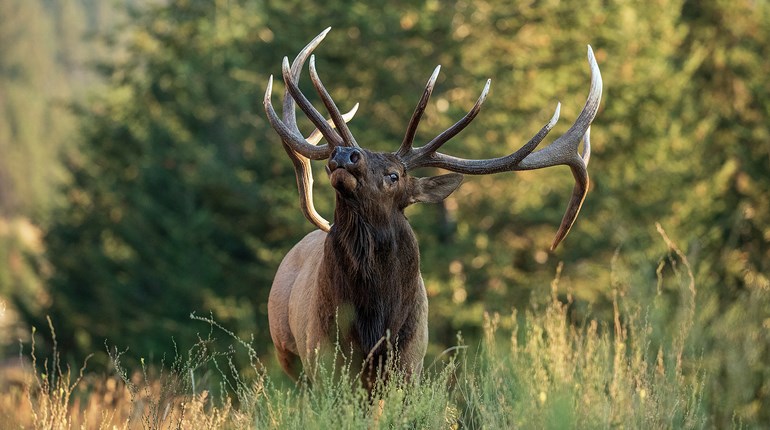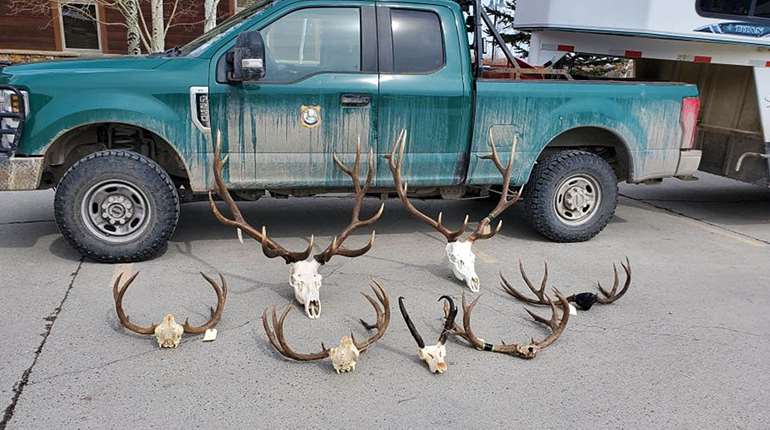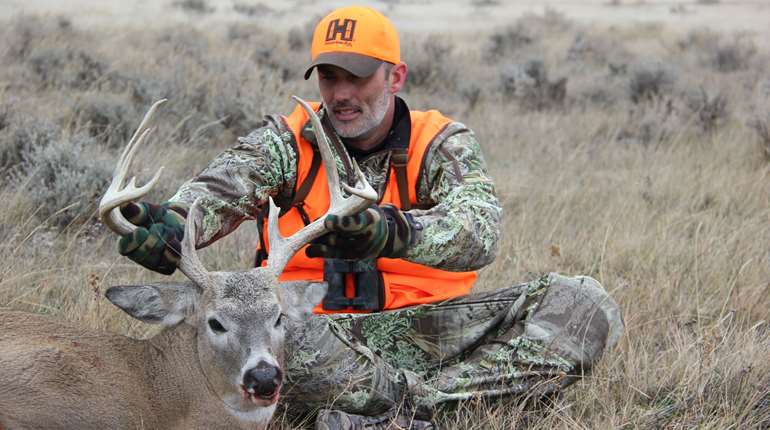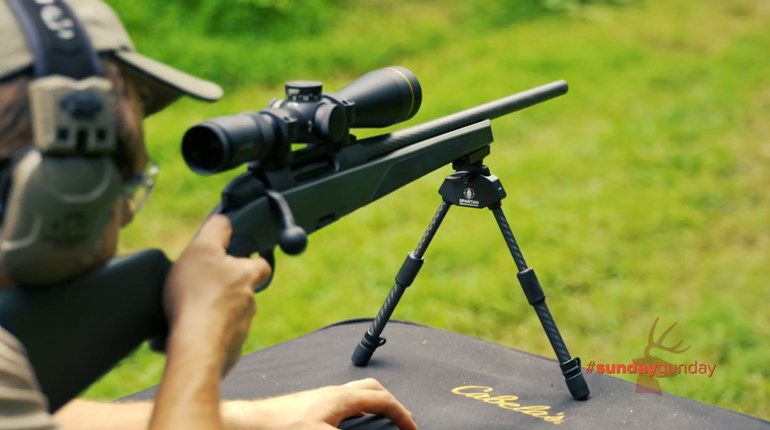
Mule deer would be easier to hunt if they acted like whitetails. For public-land hunters, that differentiation is oftentimes the Holy Grail for success. Unlike whitetails that adhere to a homeland territory, mule deer bucks begin to roam as fall testosterone surges and does come into estrus. Although you may have a bachelor group in your sights this summer, be prepared for a dispersion that could extend miles come hunting season when the boys start chasing.
A major clue to the upcoming wanderer state of a mule deer buck is the fact they don’t make scrapes like their whitetail cousins. Instead, rutting mule deer bucks take extra care to dribble urine on their tarsals and hind legs. This allows them to carry their scrape with them as they drift through a much larger territory.
That mojo distinction is just one reason you need to think ahead as you scout mule deer this summer. In addition to brushing up on deer behavior, analyze the hunting ground you have access to and take advantage of any future mule deer mojo moves.
Doe Groups
Bucks become drifters to find does. Look for large doe groups now during the preseason, and note the reasons they may or may not be there during hunting season. A high-country herd could easily migrate lower by hunting season, but does lingering along grassy creeks, agriculture fields, lush meadows and other attractive habitat could be year-round inhabitants or make minimal moves in fall. These groups won’t hold a mature buck now, but will be the target of any buck near or far once the testosterone stroll begins.
And don’t fall for the fallacy that a mule deer buck keeps a harem like a bugling bull elk. A mature buck will move in and command a doe group for days, but once the breeding opportunities dry up, he again laces up his walking boots. Pay heed to “here today and gone tomorrow.”
Private/Public Land Connections
Private land muleys may be off limits to you, but don’t ignore adjacent public land. It’s common for mule deer to utilize food resources on private land and then wander to neighboring public lands for rough-country refuge. Doe groups and roving rutters also escape to rugged hideouts on nearby public land to avoid bedding in flat, private holdings like an irrigated hayfield. A mule deer buck may breed a doe in the public forum of a herd, but he also could nudge her to nearby public land for some honeymoon seclusion in craggy country.
Scout firsthand or via digital hunting apps like Huntstand, for state and federal parcels big and small. Even a square mile of school trust lands could be the hot ticket for a nomadic traveler. As you snoop, look for high areas that offer glassing coverage and sniper-like shooting positions.
Several years ago, I kept tabs on a large herd of does and fawns living on a tract of public lands throughout the summer. During season, while returning from a hunt at sunset, I spotted a mature buck on nearby private ground. I had a hunch he might visit the does on the adjacent public lands. The next day, as he started pestering does, I lined up for a chip shot thanks to muley mojo.




































